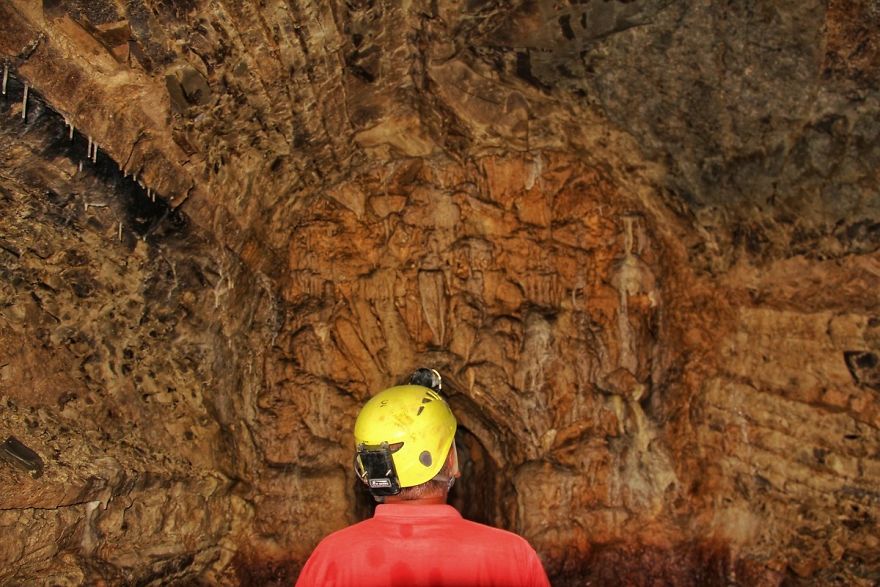
We Visited Underground Part Of The Diocletian’s Roman Aqueduct In Split, Croatia
Me and my wife Aga live in Poland, but our second homeland is Croatia. It was love at first visit. For several years, every summer we spend in Dalmatia.
We had the pleasure and privilege to visit the underground part of Diocletian’s ancient aqueduct in Split, Croatia, which hides many curiosities and secrets. It was a great honor for us because over the past five years, this place was visited by no more than 50 people. We were second there as Poles.
Diocletian’s aqueduct in numbers:
The aqueduct was built at the turn of the 3rd and 4th centuries, at the same time as Diocletian’s Palace in Split. The entire aqueduct is about 9 km long, however its underground part available for visitors, is about 700 metres long and it starts at km 5. The tunnel is located under the district of Split, Ravne Njive.
The aqueduct begins in the area of the ancient Salona, where it took water from the Jadro River to the Diocletian’s Palace. The difference in level is 33 m and the slope is equal 3% on the entire stretch. Every few tens of meters, steel pins are nailed into the wall of the tunnel. They were used to fit a string that helped the constructors set the slope.
If we take into consideration the fact that the aqueduct was created between the 3rd and 4th centuries AD and its part runs underground, we can imagine how great constructors were Roman architects. The photos below show, for example, how the Romans cleverly dealt with the layered arrangement of the rock (marl) and its splintering patches, changing the direction of the tunnel every moment, while maintaining the slope.
There are 32 vertical panes on the tunnel’s route, only 9 of which reach the surface. The panes were used by the builders as some kind of GPS that was showing the course of the route. Because of the panes, it was possible to carry out work in different places at the same time, which greatly speed up the construction.
In the mid-sixth century, the Diocletian’s aqueduct was destroyed during the Goths invasion. The first major reconstruction of the aqueduct took place during the reign of the Austro-Hungarian Empire (1877-1880). These traces are visible mainly in the form of concrete sections of the route in the underground part of the aqueduct
More info: crolove.pl

 Dark Mode
Dark Mode 

 No fees, cancel anytime
No fees, cancel anytime 















































































6
0